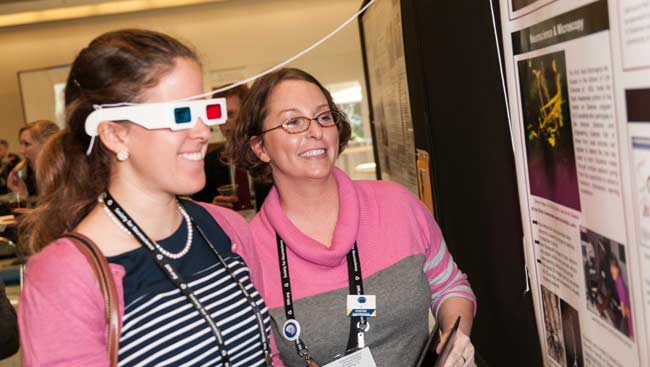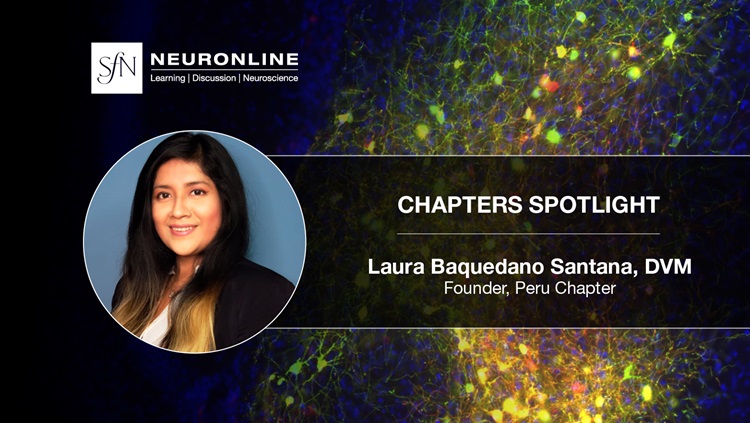
How can you explain your complex research to people who are looking for simple answers to basic questions?
You can start by avoiding jargon that can get in the way of effective science communication. The public looks for the bottom line first. Why does the science matter and why should people care? They may or may not stick around for supporting details.
It takes time and practice to be able to clearly explain your work to people in a quick, conversational way. Focus on the audience and message and recognize that you will have to craft a different message for each person you engage.
Here are some additional tips to have successful conversations with nonscientists:
Think About Audience Specifics
- Who is your audience?
- What is their interest or connection to the science?
- What is their understanding of the science?
- What action would you like them to take, if any?
- Have you developed three main messages and supporting information?
- How will you interact in a way that is useful and productive?
Seek Opportunities
- Engage news media and opinion.
- Talk with people at your university who work with the media, and other scientists who have participated in public engagement.
- Share your science on social media and in online discussions.
- Use videos and multimedia.
- Attend policy briefings and community meetings.
- Participate in public science events, such as at festivals, museums, and café talks.
- Visit a primary or secondary school.
- Write blog posts.
Practice Your Skills
- Attend communication workshops.
- Talk to other scientists about how they improved their communication skills.
- Identify resources to help you, such as communication professionals and other Neuronline articles.
How have you prepared to speak with the public about your science? Share your insights and tips in the comments.
Adapted from the presentation, "Public Engagement With Science…and You,” by Tiffany Lohwater, director of meetings and public engagement at the American Association for the Advancement of Science.







